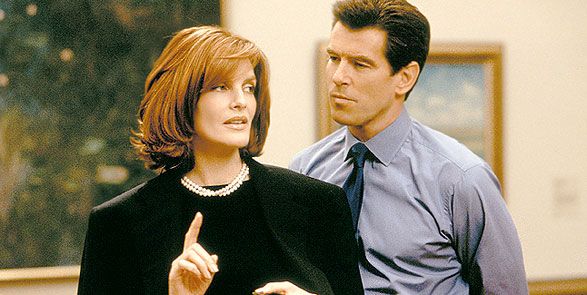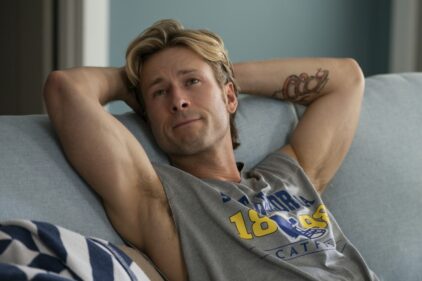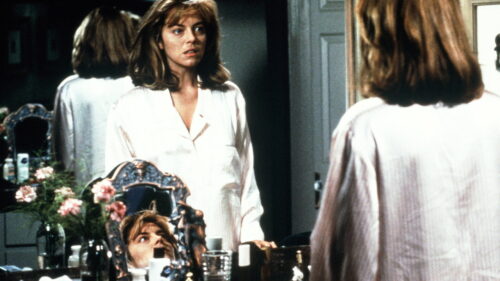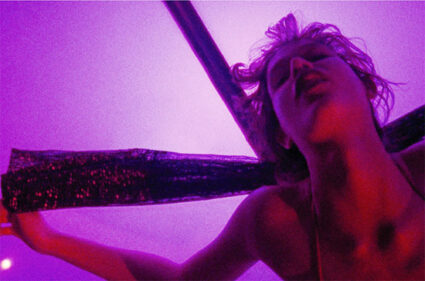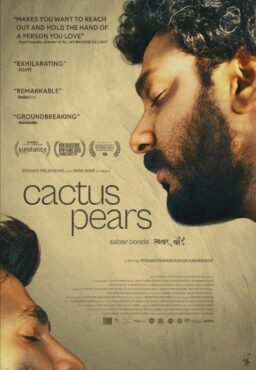Glamorous, decadent fun from start to finish, “The Thomas Crown Affair” glides along the surface of everything. It regularly hints that there may be more depth to the characters and story than meets the eye, then pulls back and practically winks at the audience for being intrigued by that prospect when they know full well they paid to see beautiful people break rules. A remake of a same-titled Norman Jewison film from 1968, starring Steve McQueen and Faye Dunaway and a lot of then-fashionable split-screen imagery, it’s the kind of movie that Hollywood studios used to make regularly but fell out of favor for while, although it made a brief comeback in the 1990s with efforts like this one, Steven Soderbergh’s “Out of Sight,” and others.
Pierce Brosnan stars as Crown, a wealthy, mysterious art thief who steals Monet’s masterpiece “San Giorgio Maggiore at Dusk” from the Metropolitan Museum of Art. Rene Russo is Catherine Banning, the insurance investigator who is determined to catch Crown so that her company won’t have to pay the museum $100 million. Brosnan gives one of his smartest, most insinuating performances as Crown, a master manipulator who has a knack for making everyone feel as if they might be the only person he’s ever been honest with. It’s an altogether superior performance than any that Brosnan gave as James Bond—not any fault of his, but more a reflection on the franchise itself, which never gave Brosnan the hard, adult, borderline-R rated reading that he gave the character. As his would-be foil and inevitable lover, Russo matches Brosnan’s ice-cube coolness. Part of the fun in their interactions is not knowing when one is playing the other and, if so, whether the attempt succeeded or the target only made them think it did.
Working from a clever script by Kim Dixon and Kurt Wimmer, director John McTiernan (“Die Hard,” “The Hunt for Red October“) treats each scene as a showcase for fabulous faces, bodies, clothes, architecture, vehicles, and landscapes. Steve McQueen and Faye Dunaway played the leads in the 1968 version and the energy was different. McQueen had a sour American kind of cool, Dunaway was way more overt in telegraphing the investigator’s nonprofessional interest in her quarry, and the title character was a bank robber rather than an art thief. The second one is just a better movie, and more self-effacing in how it tells it story and presents its action and its characters. It’s in the spirit of mid-century caper and spy flicks like “To Catch a Thief,” “The Hot Rock,” “Charade,” and “Arabesque.” Roger Ebert described the remake as “the kind of sophisticated caper that Cary Grant used to walk through without getting his suit wrinkled,” and while he wasn’t fond of either version, I think that sentence describes the landing that McTiernan, Brosnan, Russo and company have managed to stick.
Dunaway has a supporting role in the remake as Crown’s psychiatrist, and although some critics questioned whether her character was necessary or whether a character like Crown would even bother being in therapy, I think it makes Crown more believable than he might’ve otherwise been. A man whose entire life is a high-stakes game based on deception and not letting anyone know the “real” him would see therapy as entertainment.

